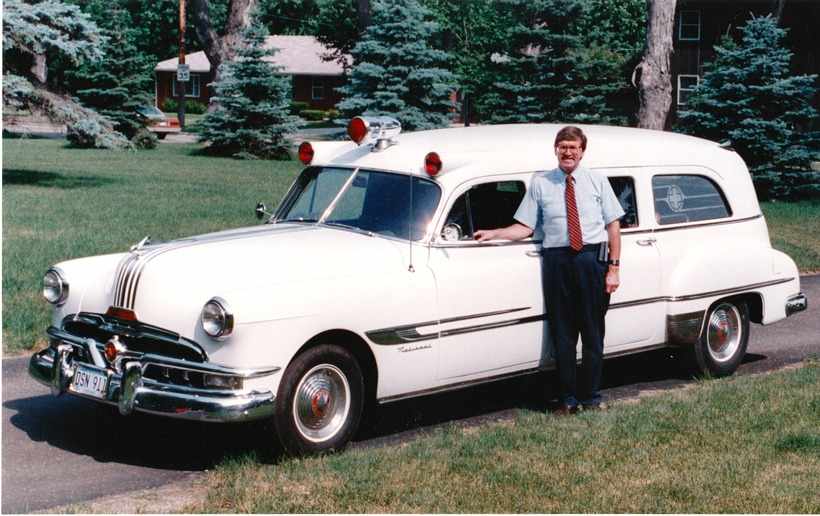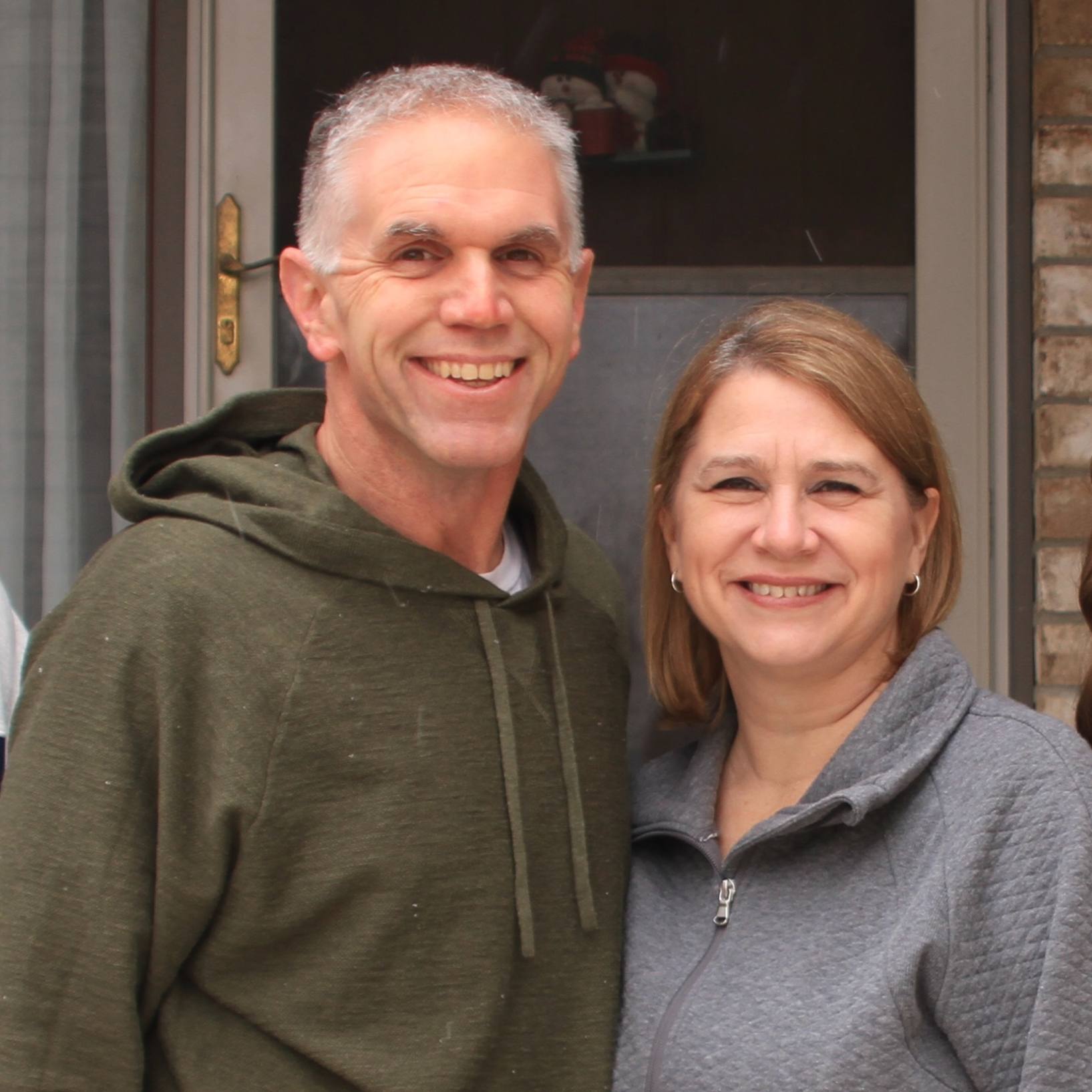-
Cardiovascular
In the Loop: Childhood fascination with ambulances leads to saving lives
 Some people collect coins or stamps. Roger White, M.D., decided to collect something that required a bit more storage space: vintage ambulances. "I had a 1952 Pontiac, a 1972 Pontiac, 1974 Oldsmobile," Dr. White, co-medical director of Mayo Clinic Medical Transport, tells Brett Berhoff, contributor to The Huffington Post. "I bought the last Cadillac ambulance built in the United States in 1979. They built 10 of them, and I bought the last one, number 10."
Some people collect coins or stamps. Roger White, M.D., decided to collect something that required a bit more storage space: vintage ambulances. "I had a 1952 Pontiac, a 1972 Pontiac, 1974 Oldsmobile," Dr. White, co-medical director of Mayo Clinic Medical Transport, tells Brett Berhoff, contributor to The Huffington Post. "I bought the last Cadillac ambulance built in the United States in 1979. They built 10 of them, and I bought the last one, number 10."
Dr. White's interest in ambulances dates back to his childhood. He started collecting much smaller toy ambulances. That fueled his interest in the real thing. "I was impressed with the beauty of the vehicles," he tells The Huffington Post. "I'd track them. I'd photograph them. I'd write to the companies. When I was a kid, 12 years old, I would pencil a letter asking for literature on these vehicles." That boyhood fascination never faded. Instead, it morphed into a career devoted to emergency medicine, especially to improving the care and survival of people who have sudden cardiac arrest.
As we reported a few years back, Dr. White led the (ahem) charge for putting automated external defibrillators in every police car in Rochester, Minnesota, in addition to ambulances and fire trucks. That change has meant faster access to life-saving defibrillation for many patients, since police are often the first to respond to 911 calls. As a result of those efforts, Rochester is the place to be if you're going to have an out-of-hospital cardiac arrest. Survival rates, The Huffington Post reports, are 63 percent versus the national average of 38 percent. Read the rest of the story.
______________________________________________
This story originally appeared on the In the Loop blog.
Below is a story about a man who survived 96 minutes of CPR, thanks to countless friends and the Mayo Clinic Air Transport team who relied on Dr. White's emergency expertise from a distance. The report first aired in 2011.
Watch: Marathon CPR saves a life.
https://www.youtube.com/watch?v=wkXZLfd8f2E
Journalists: Broadcast-quality video (4:26) is in the downloads.







